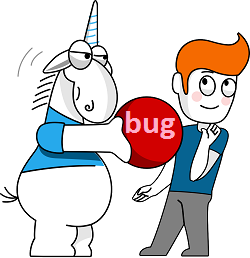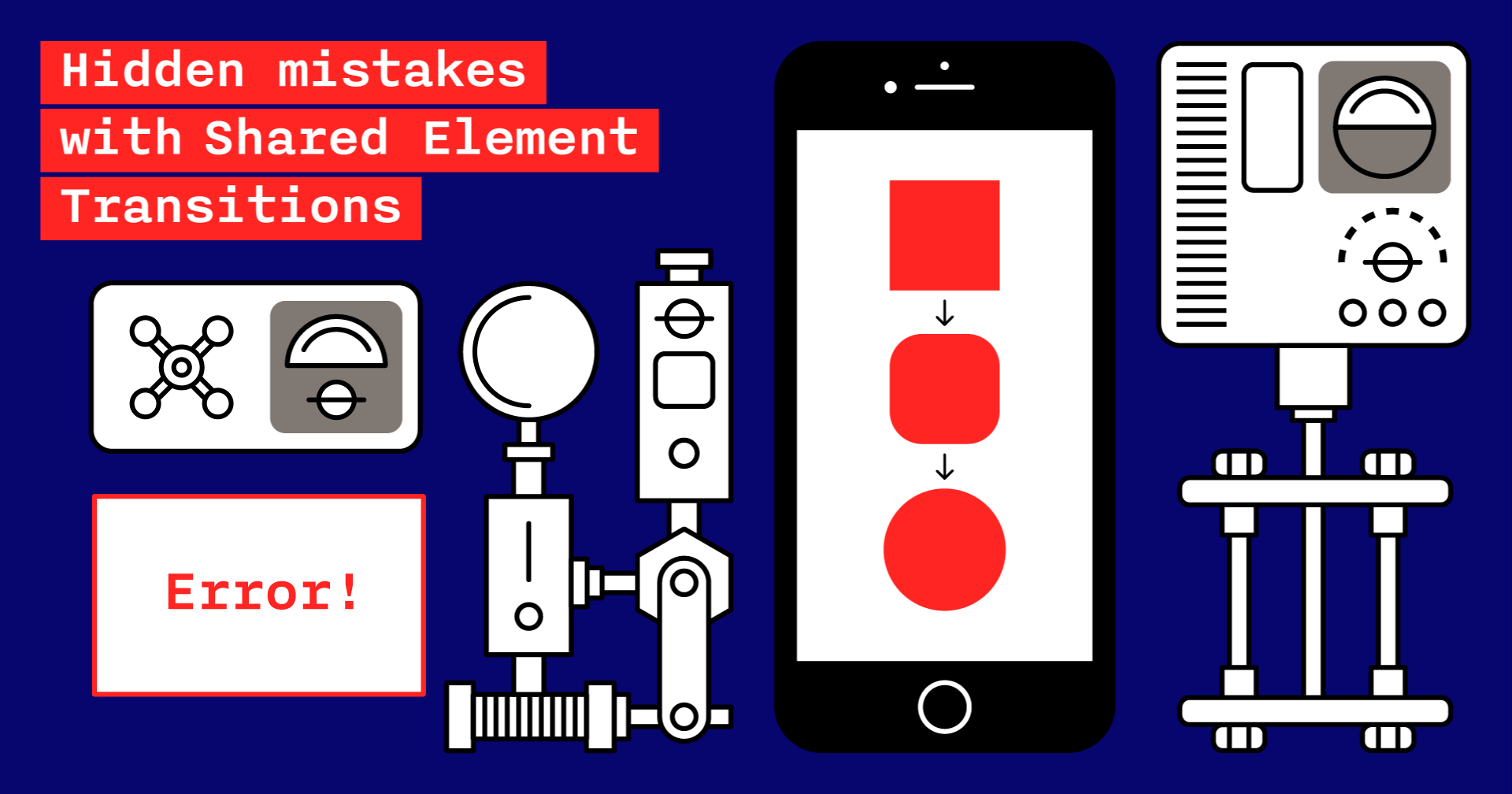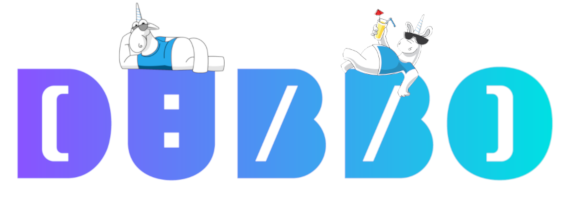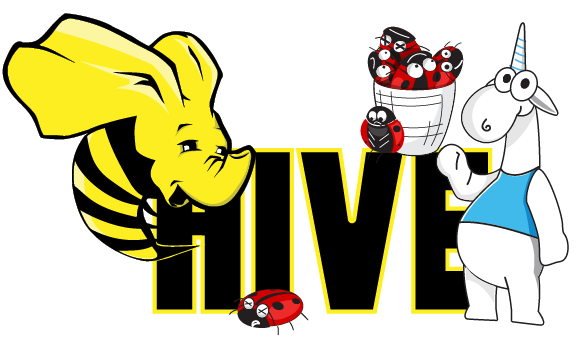
This is a second article, which focuses on usage of the PVS-Studio analyzer in cloud CI-systems. This time we'll consider the platform Azure DevOps — a cloud CI\CD solution from Microsoft. We'll be analyzing the ShareX project.

 Talking to people at conferences and in comments to articles, we face the following objection: static analysis reduces the time to detect errors, but takes up programmers' time, which negates the benefits of using it and even slows down the development process. Let's get this objection straightened out and try to show that it's groundless.
Talking to people at conferences and in comments to articles, we face the following objection: static analysis reduces the time to detect errors, but takes up programmers' time, which negates the benefits of using it and even slows down the development process. Let's get this objection straightened out and try to show that it's groundless.




>>> class A:
... x = 2
...
>>> A.x
2
>>> A().x
2









In the beginning, there was the Word… which quickly became communication protocol in need of an upgrade.
